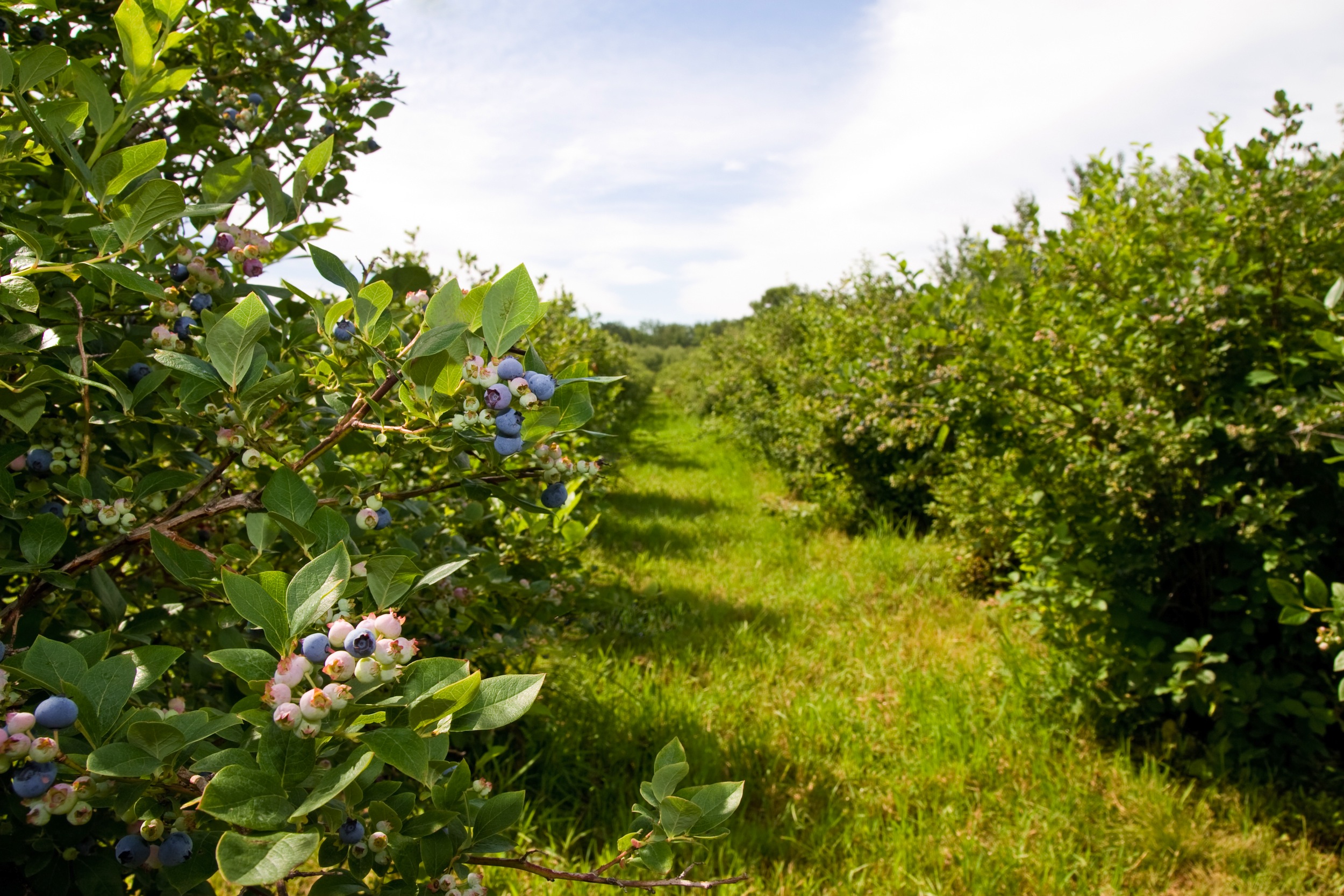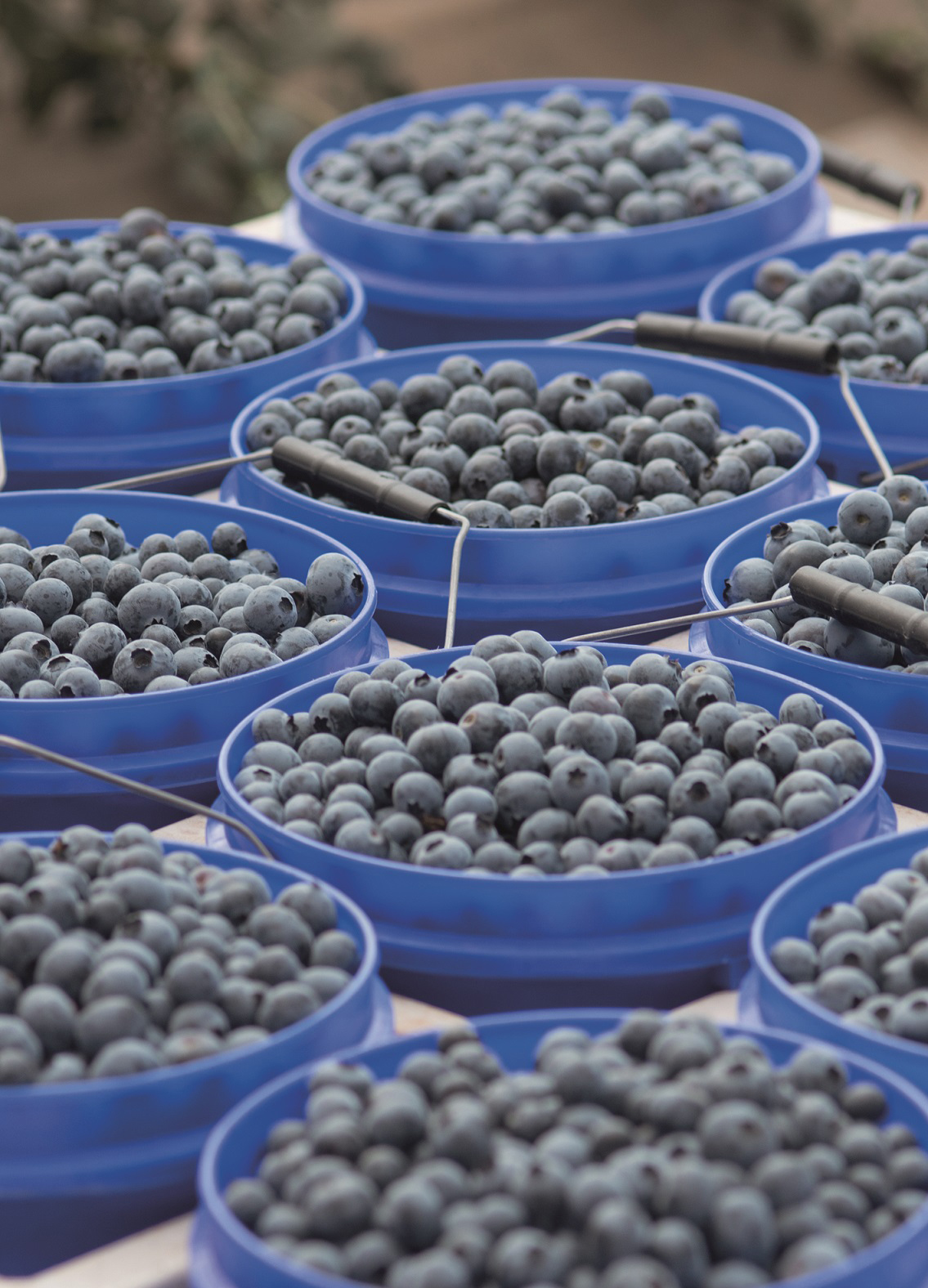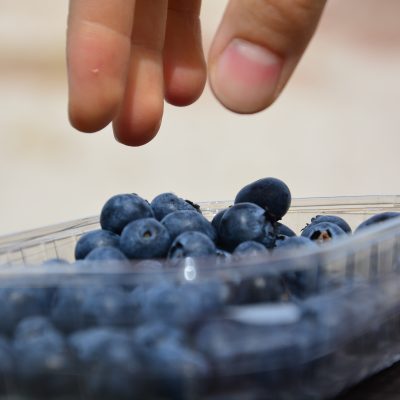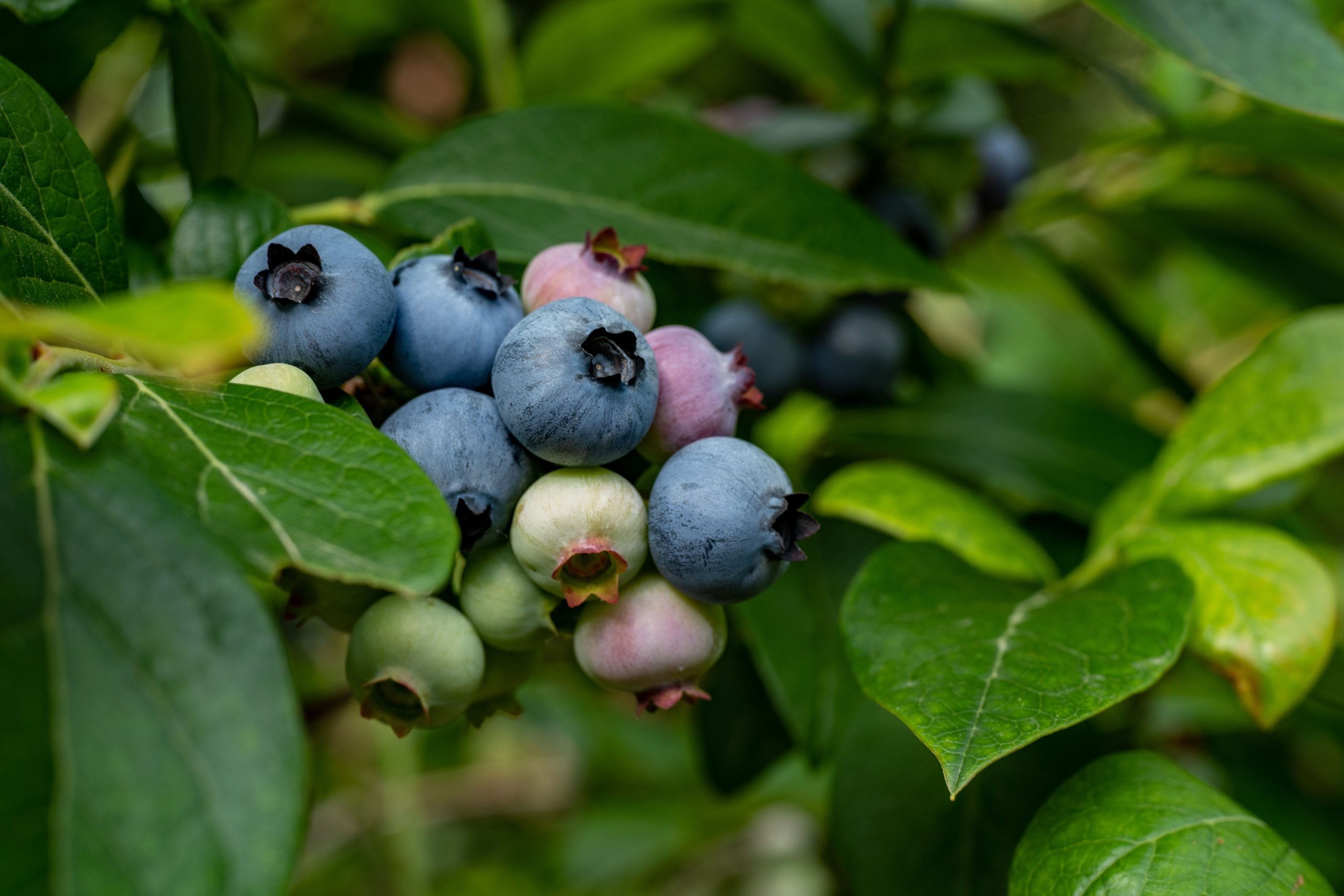Joint bid to get bees busy will boost blueberry businesses
A $355,000 public-private partnership is aiming to strengthen honey bee populations — and boost blueberry growers — across Atlantic Canada.
Working out of Crown-owned research agency Perennia in Bible Hill, the Atlantic Tech Transfer Team for Apiculture will review Canada’s current honeybee management practices and customize them for this region’s bee and blueberry businesses, agency spokesperson Lynne Godlien told the Chronicle Herald.
A joint venture between Ottawa, all three Maritime provinces and a small number of berry processors, the project will help beekeepers improve hive health while also optimizing pollination for blueberry growers, Godlien said.
Blueberry expert Peter Burgess will lead the two-year project that will see apiculturists Cameron Menzies and Robyn McCallum work with an industry-led committee to focus on best-practices for better over-wintering, nutrition and prevention of pests and disease.
Nova Scotia blueberries need pollinating in late May and early June — a time when bees are as likely to still be slumbering in their hives as they are to be pollinating plants.
The budget includes $54,000 from provincial beekeeping and blueberry associations as well as New Brunswick-based Oxford Frozen Foods.
The world’s largest blueberry grower producer, Oxford is owned by John Bragg. Last summer, it turned the key on an $184,000, 175,000-square-foot plant in Saint-Isidore, N.B. Oxford expects the plant to create 300 jobs within a decade.
Perennia says Nova Scotia has approximately 44,000 acres of wild blueberries with a 2015 “farm gate value” of approximately $32 million. Across Atlantic Canada, that figure is closer to $85 million.
According to the Wild Blueberry Producers Association of Nova Scotia, 2015 saw Nova Scotia produce a record-breaking 65 million pounds of the fruit, up from the previous year’s also record-breaking 62 million pounds.
The association’s website says a quarter of the province’s 1,000 producers derive most of their income from the fruit. It adds that the fruit is Nova Scotia’s largest agricultural export, with 90 per cent of the crop shipped to approximately 30 countries each year, mostly the U.S., Germany and Japan.





